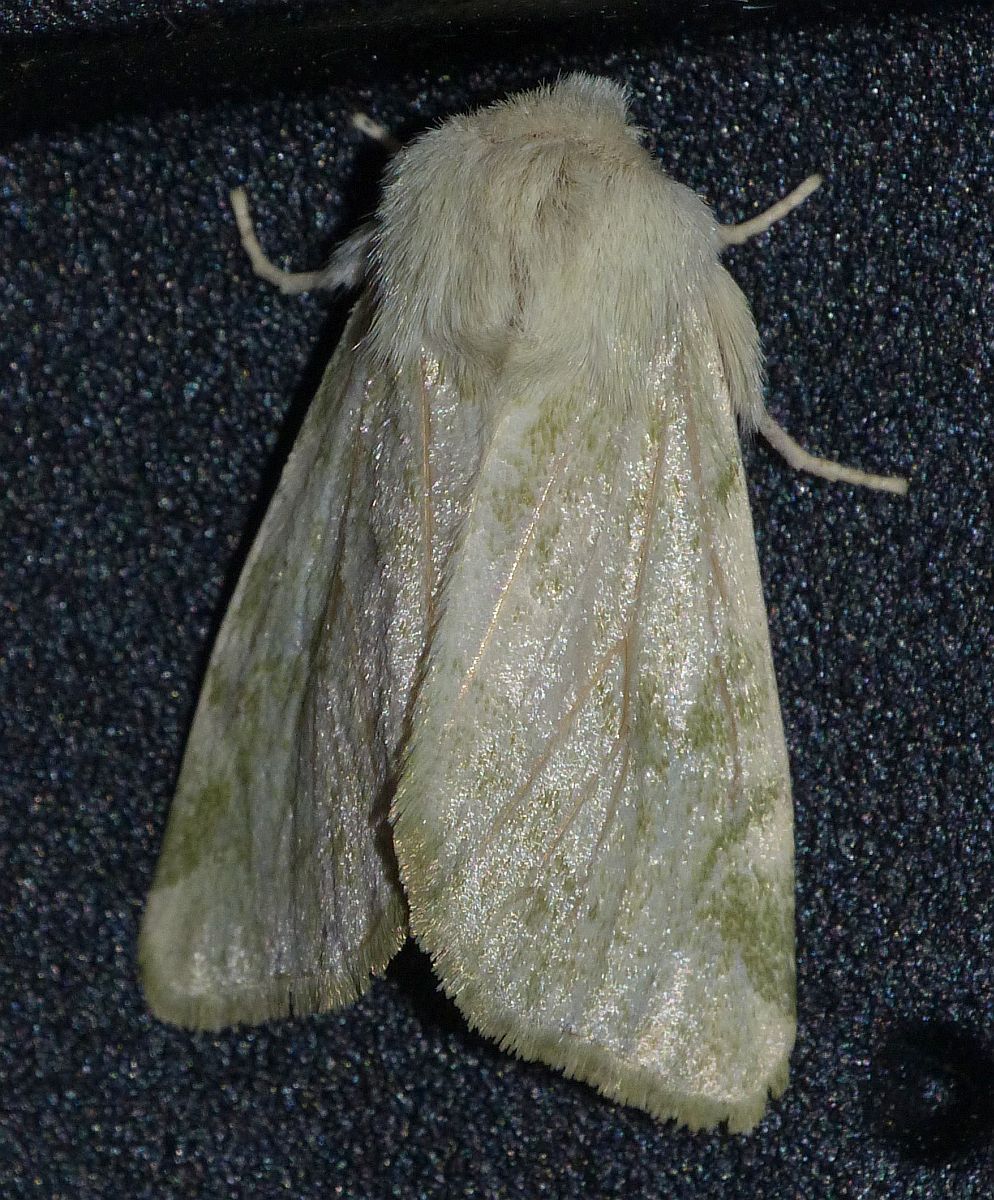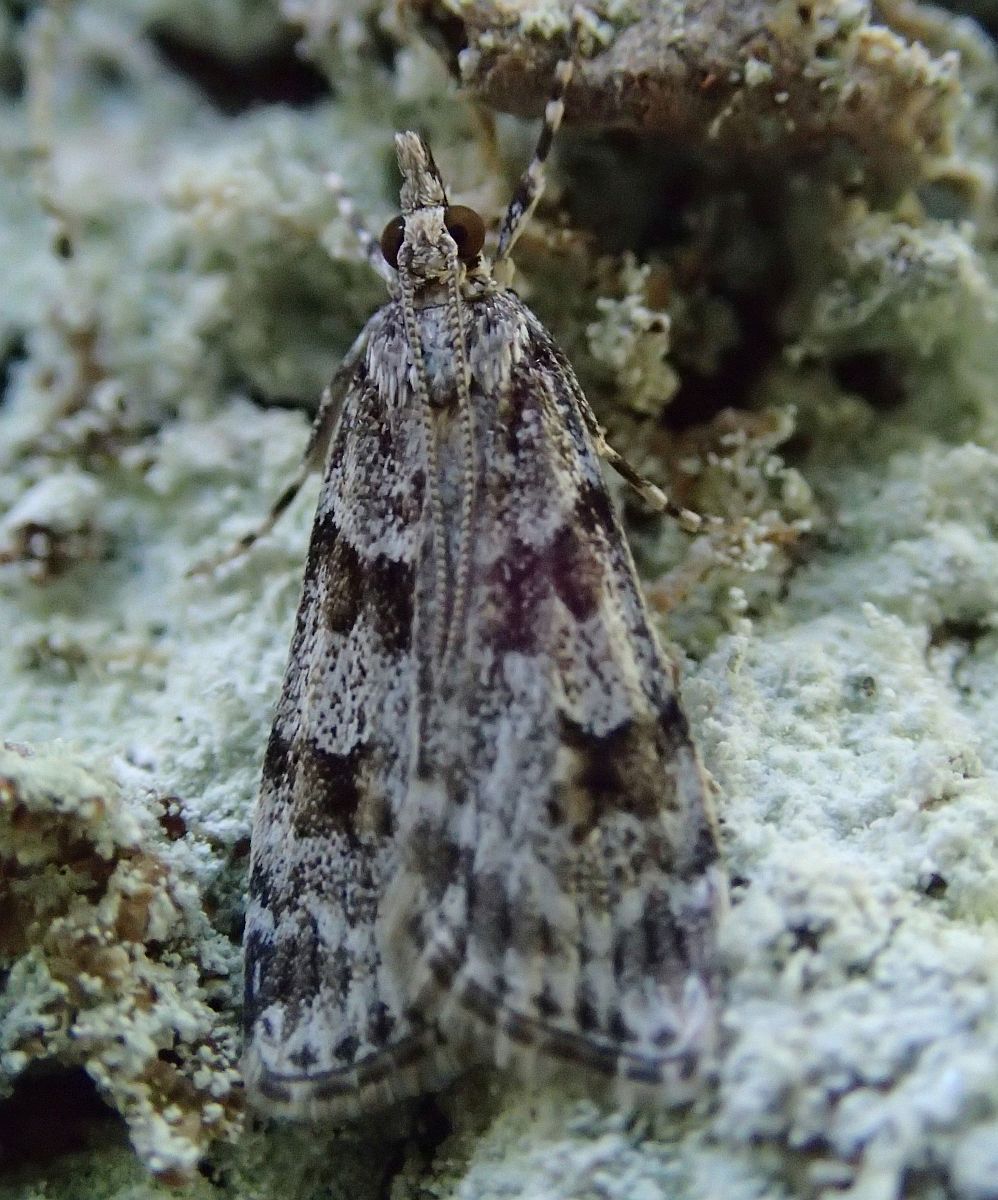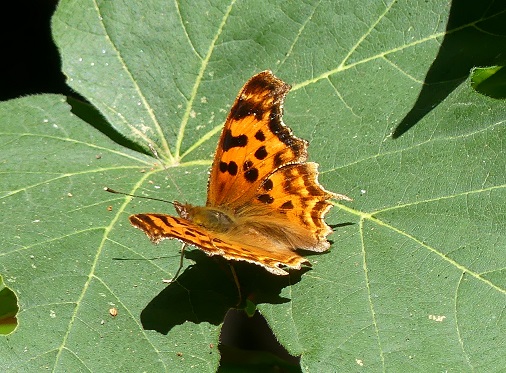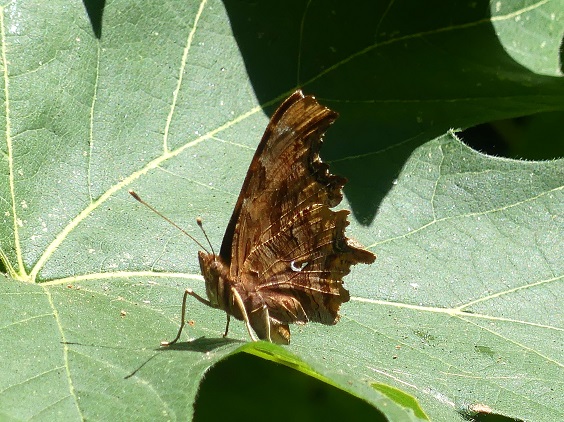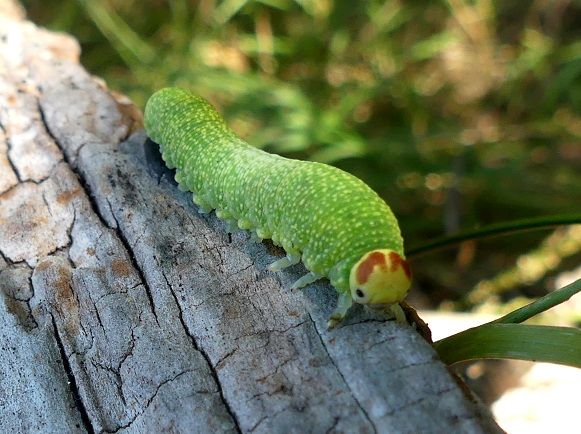2021 July 19
Aziza Cooper writes: On July 18, a Mourning Cloak flew by and five or more Woodland Skippers were at a house on Old West Saanich Road, on the east side of Observatory Hill.
This tiny moth was in the kitchen today.
Jeremy Tatum writes: I believe the small moth is a tortricid. If anyone knows what it is, please let us know.
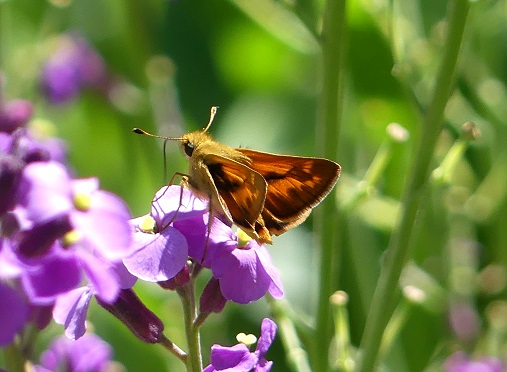
Woodland Skipper Ochlodes sylvanoides (Lep.: Hesperiidae) Aziza Cooper
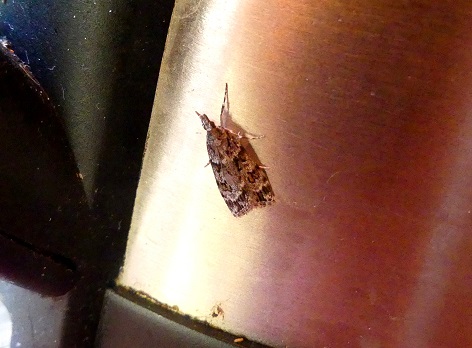
Unidentified (Lep.: Tortricidae) Aziza Cooper
Jeremy Tatum shows a photograph of a caterpillar of a Vapourer or Rusty Tussock Moth from Rithet’s Bog.

Vapourer or Rusty Tussock Moth Orgyia antiqua (Lep.: Erebidae – Lymantriinae) Jeremy Tatum
Val George writes: This Silverspotted Tiger Moth (Lophocampa argentata), was on the wall of my house in Oak Bay yesterday, July 18. Today, July 19, I saw my first Pine White butterfly of the season, a female, at Rithet’s Bog.
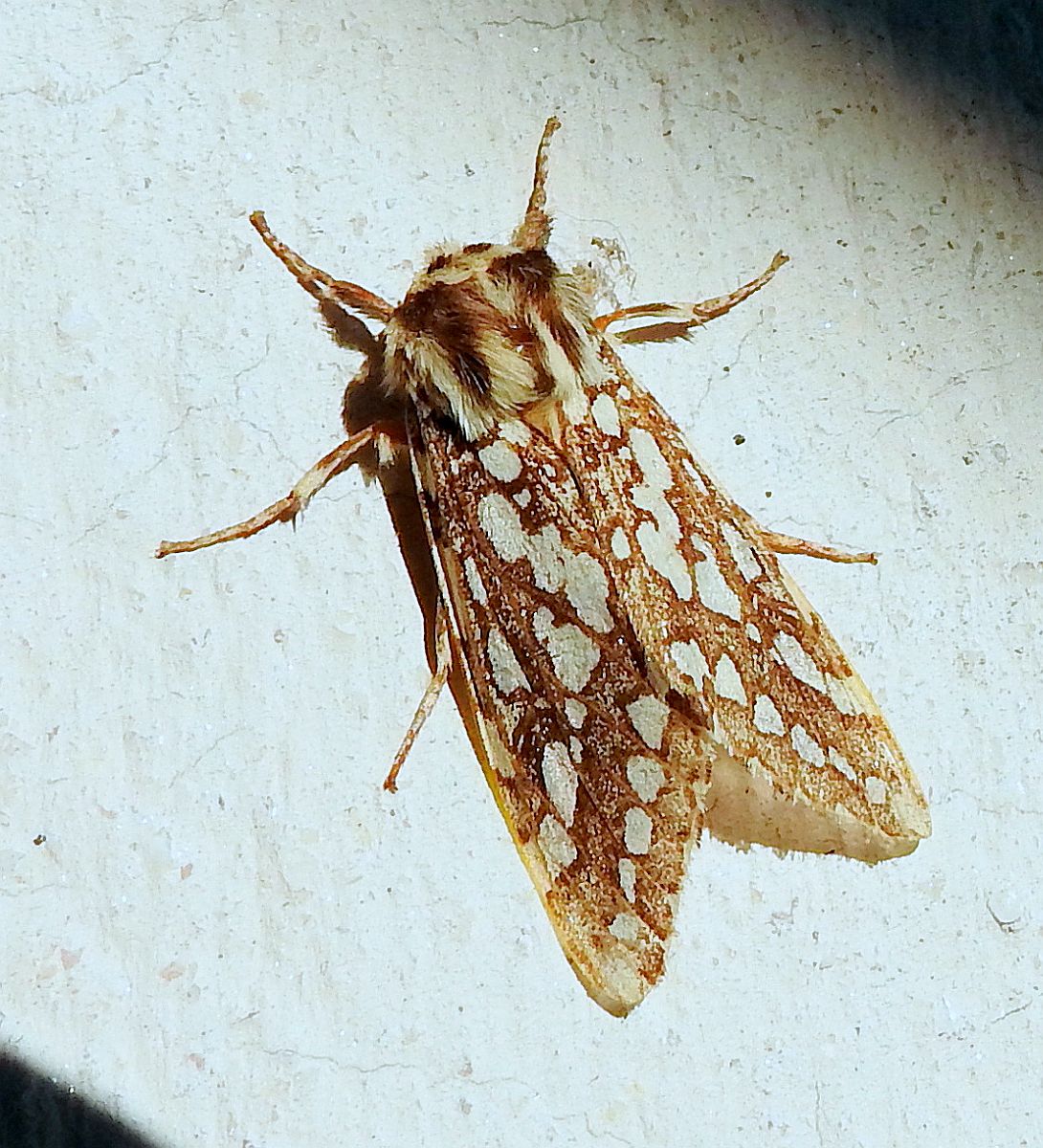
Silver-spotted Tiger Moth Lophocampa argentata (Lep.: Erebidae – Arctiinae) Val George
Jeff Gaskin writes: I had pretty dismal results at Swan Lake today, July 18. I had just 8 Lorquin’s Admirals and 6 Cabbage Whites there – nothing else. At Cecilia Ravine Park I saw 7 Cabbage Whites, 1 Lorquin’s Admiral and 2 Western Tiger Swallowtails.



